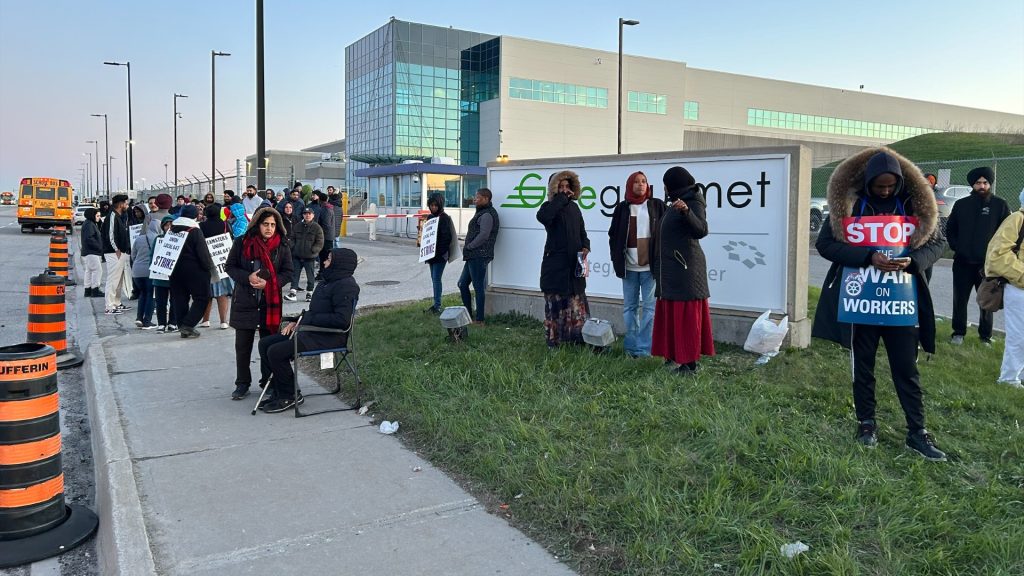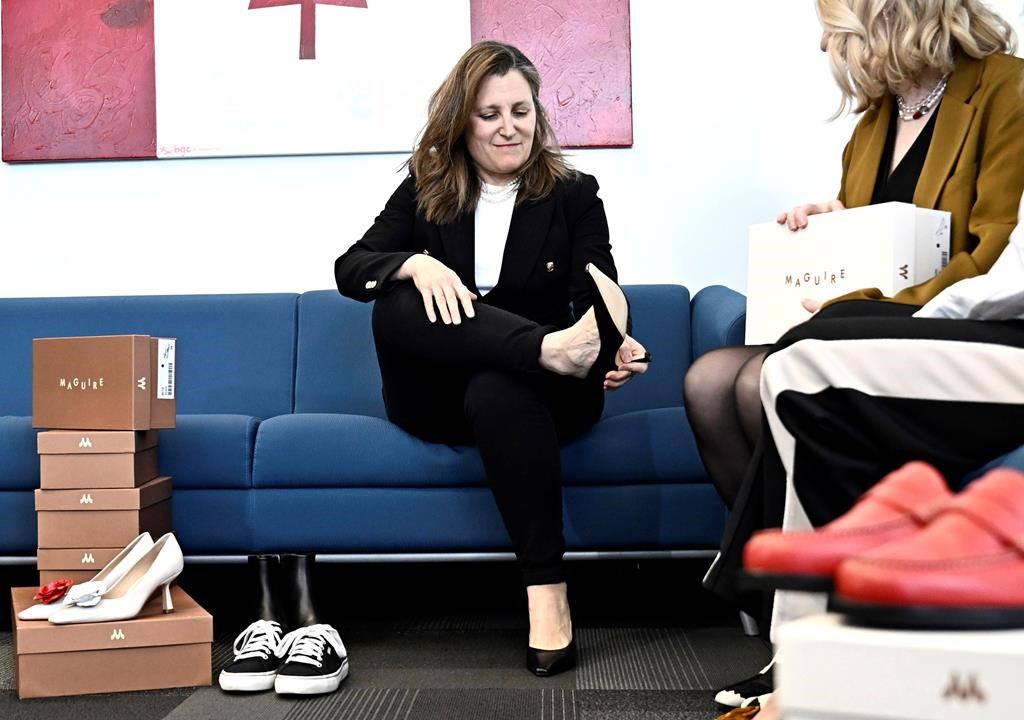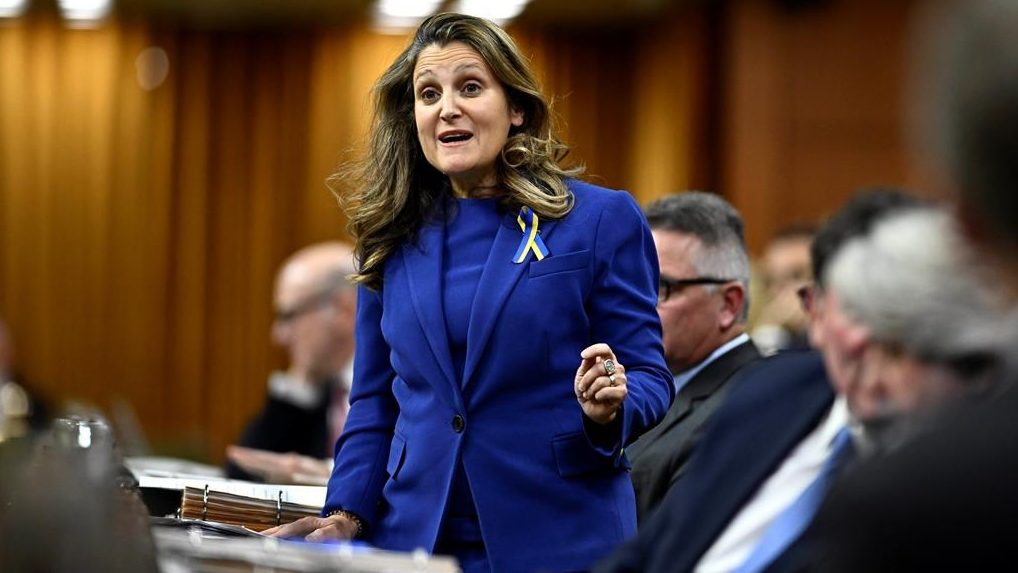Battle between NY mayor, Uber heats up on eve of vote to limit ride-hailing company’s growth
Posted July 22, 2015 1:24 pm.
Last Updated July 22, 2015 6:00 pm.
This article is more than 5 years old.
NEW YORK, N.Y. – On the eve of a City Council vote that could limit the number of Uber vehicles on New York City streets, parties on both sides of the debate sharpened their attacks to sway public opinion, if not actual votes.
The ride-hailing company and Mayor Bill de Blasio’s administration, which is looking to establish a cap for its growth, furiously lobbied lawmakers Wednesday, pestered reporters, snarked on Twitter and pointed to expensive TV ad campaigns that have blanketed the airwaves of the nation’s largest city.
Uber, the $40 billion California-based company, has become a dominant force on the streets of the nation’s largest city, dispatching 25,000 cars in New York, compared with 13,000 of the city’s iconic yellow taxis. But the de Blasio administration, citing concern over increased congestion on Manhattan’s clogged streets, has pushed for legislation that will cap Uber’s growth at 1 per cent over the next year while its traffic impact is studied.
That legislation is tentatively slated to go before the City Council on Thursday.
Most observers believe the legislation will pass, but more and more elected officials have stepped forward to publicly oppose the cap. And at the 11th hour, the state’s most powerful figure broke his silence and appeared to once again thumb his nose at de Blasio.
“I don’t think government should be in the business of trying to restrict job growth,” Gov. Andrew Cuomo said in a radio interview Wednesday.
A de Blasio spokesman countered by saying that Cuomo’s concerns that Uber might flee to the suburbs was a “manufactured pretext.”
Uber steadfastly rejects any cap. Talks between the company and the city broke down last week and show no signs of resuming before the vote, according to officials with both the city and the company.
The ride-hailing service, which provides cars summoned by smartphone app, spent Wednesday claiming that the mayor’s central argument against them — increased traffic — was flawed.
Yellow taxis make 90 per cent of their trips in Manhattan, according to city officials. Uber released data that it said showed that a far lower percentage of its rush hour trips began there.
Uber officials also said that it has an hourly average of just under 2,000 cars in the city’s central business district during the day, a far cry from the huge number of yellow taxis that operate there during that time.
But city officials point to a recent Uber promotion that encouraged drivers to hover in the “busiest areas of the city” — Manhattan below the north end of Central Park, plus a swath of Brooklyn from Greenpoint south to Park Slope — in order to receive a “guaranteed” $5,000 for their first full month of driving.
“It takes some serious duplicity to run millions of dollars in ads talking about a five-borough city, while pushing and paying drivers to spend all their time in lower Manhattan and a small fraction of Brooklyn,” said mayoral spokesman Wiley Norvell.
An Uber spokesman countered that the promotion expired last year. And the company’s seemingly ubiquitous ads tout its service to minority riders in outer boroughs — de Blasio’s political base.
Meanwhile, activists were expected to gather at City Hall late Wednesday to amplify some of the administration’s other talking points, including Uber’s lack of benefits for its drivers, its lack of a surcharge to help fund transit projects and its lack of widespread handicap accessibility.
If the legislation passes, Uber is expected to explore its legal options and could make an appeal to Cuomo and the state Legislature.










